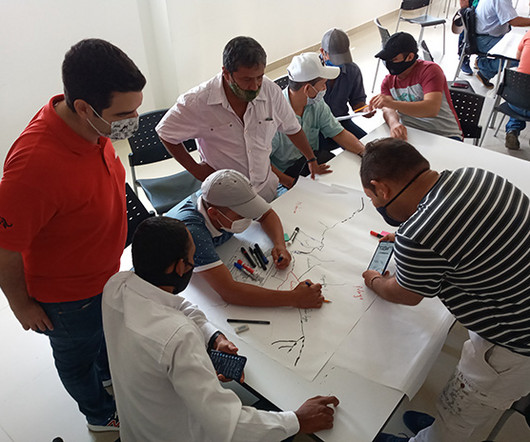How to Earn Income (and Autonomy) for Your Nonprofit
Getting Attention
NOVEMBER 16, 2010
That’s what I hear from most nonprofit organizations intent on doing things the way they’ve always done them — relying on money from funders (private and government) and individual donors to sustain them. Nothing is more critical to your organization’s health than your budget. Subscribe today.












Let's personalize your content